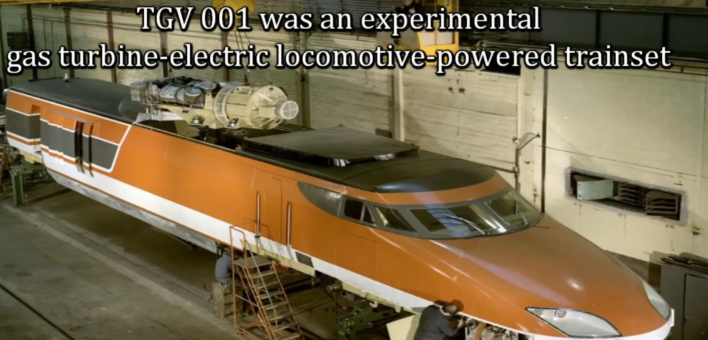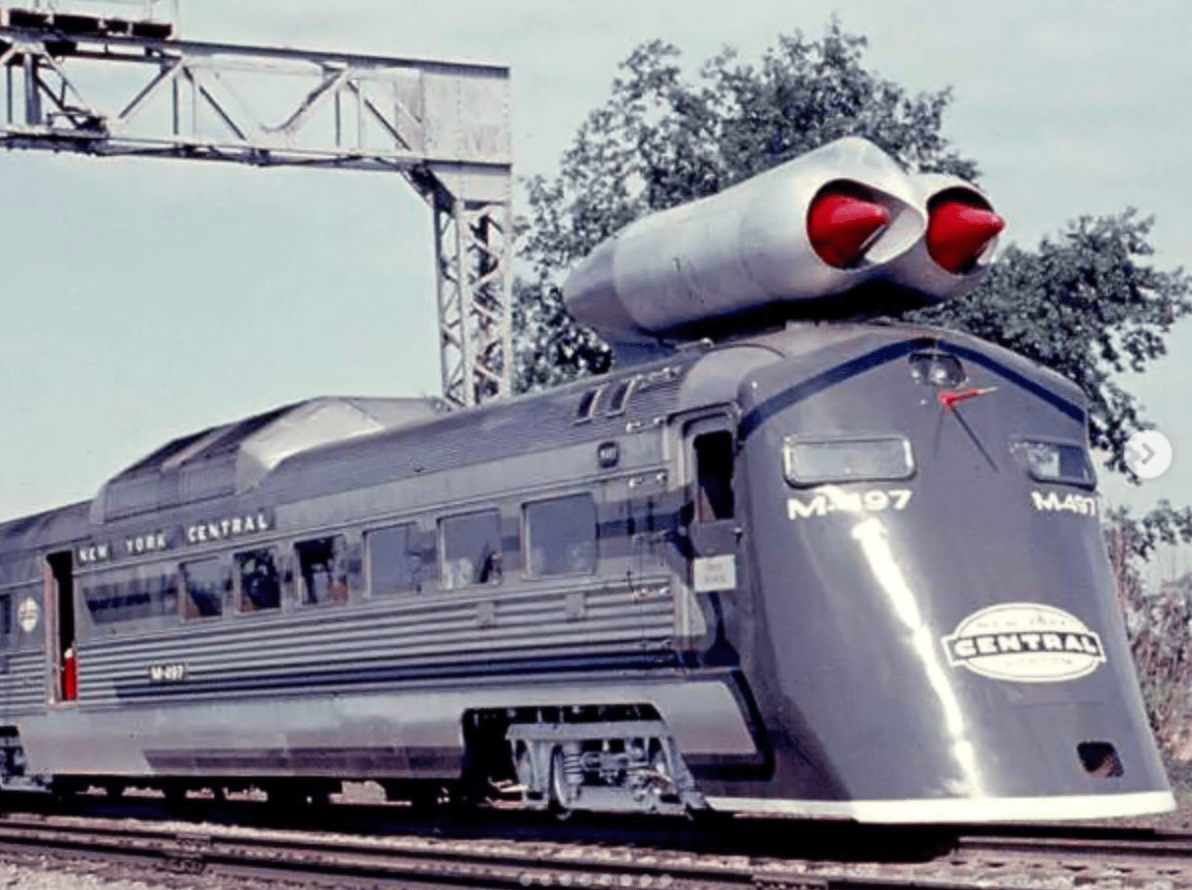U.S. Secretary of Transportation Sean Duffy announced Wednesday that he had "exposed" the California High-Speed Rail project as a "boondoggle." This was the fruition of a study initiative, announced over the boos of rail supporters in February in LA Union Station, intended to claw back $4 billion in federal funds committed under the Biden Administration.
State Senator Scott Wiener was quick to respond. From a statement given shortly after the DOT announcement:
Today’s action by the Trump Administration to initiate cancellation of California’s high speed rail funding is yet another example of Trump’s pettiness toward California and his hostility toward climate action, infrastructure investment, and projects that make people’s lives better and more affordable. Trump is developing a pattern of attacking projects that make it easier for people to get around without driving and that support public transportation, including his attack on New York City’s successful congestion pricing program and his attack on California high speed rail.
If the state is, as Duffy claims, too incompetent to finish the project, then the Feds should step in and complete it. But of course, that's not what's going on here. The Trump Administration is simply doing the bidding of oil, car, and airline backers that want to hold onto their transportation monopolies.
But what if everybody could gain from California's project, lobbyists included?
First, let's reduce costs by shelving the overhead electric wire and instead power the train with petroleum-powered engines. Using diesel power instead of electrification was actually a proposal pitched during the first Trump Administration by former Democratic Assembly Speaker Anthony Rendon, another politician funded by oil lobbyists.
But the problem with Rendon's proposal was that it didn't go far enough. Diesel-powered trains still don't consume as much petroleum per passenger as individuals in cars (and they don't provide enough power for high speeds).
Instead, let's use jet engines to power the train.
Powering high-speed trains with jet engines has precedent, as seen in the lead image. That's an experimental train that ran in the U.S. in 1966 and achieved speeds close to 200 mph. In fact, the famous TGV high-speed rail system in France was almost powered by gas-turbines (essentially, a jet engine/generator combo). Here's a short video for readers who want to know more about that history:

Alas, after the oil shocks of the 1970s, the French pulled out the jet engines and re-engineered their high-speed trains to run on electricity. Jet-trains ran in North America for a while, but are now gone. There have been attempts to revive the technology, but there hasn't been political will to follow through.
Now there is!
Think of the advantages. A gas-guzzling jet train will make the petroleum lobby happy. Donald Trump will earn his gifted 747 from Qatar. Train-builders still get their payday. Even airplane manufacturers should be happy because they'll make the engines for the trains.
But what about the automobile lobby?
Let's build the train for cars! There's precedent for that as well. Behold, Amtrak's auto train that carries cars (and people) between Virginia and Florida:

There are also car carriers on the shuttle trains that run in the English Channel tunnel. They can already go 120 mph and would require just a little engineering magic to get up to 200 mph standards.

What about the fares? It's simple: charge only a nominal fee to bring your car with you (the same fee regardless of the size of the vehicle to ensure there's no discrimination against SUV owners simply because they cost society more). Basically, distribute all the costs of the space dedicated to cars to everyone on the train, whether they're taking a car or not. In other words, do what we do in all other aspects of American life. Bonus: drivers can stay in their cars so they don't have to deal with those scary 'other' people.
Now, some might point out that making space for cars will greatly reduce the capacity of the trains to carry passengers. But that's solvable too: just treat the infrastructure like a highway; come back every few years and widen it. Let's give that task to Caltrans, since they're so good at it. Plus, they can build multi-lane freeways and new ramp complexes to feed into the enormous new stations with massive train/car loading areas.
They could even stripe a bike lane next to the HSR right of way for the environmentalists.
An additional suggestion: rich homeowners in Palo Alto and other Peninsula towns on the right of way would continue to object, especially considering the ear-splitting noise of a jet-powered train. So let's re-route the project through black-and-brown neighborhoods, just as we did with freeways. They won't like it either, but what are they going to do about it?
All in all, my proposal satisfies everyone who matters and is something even the Trump Administration should be able to get behind. The only question now is when will the jet-powered car-train take off down the tracks!
Be sure to sign Streetsblog's "jet-powered car-train petition" now.
***
Benedict Brainkar is a traffic engineer from Bakersfield. He is a distant relative of Roger Rudick, editor of this blog.






